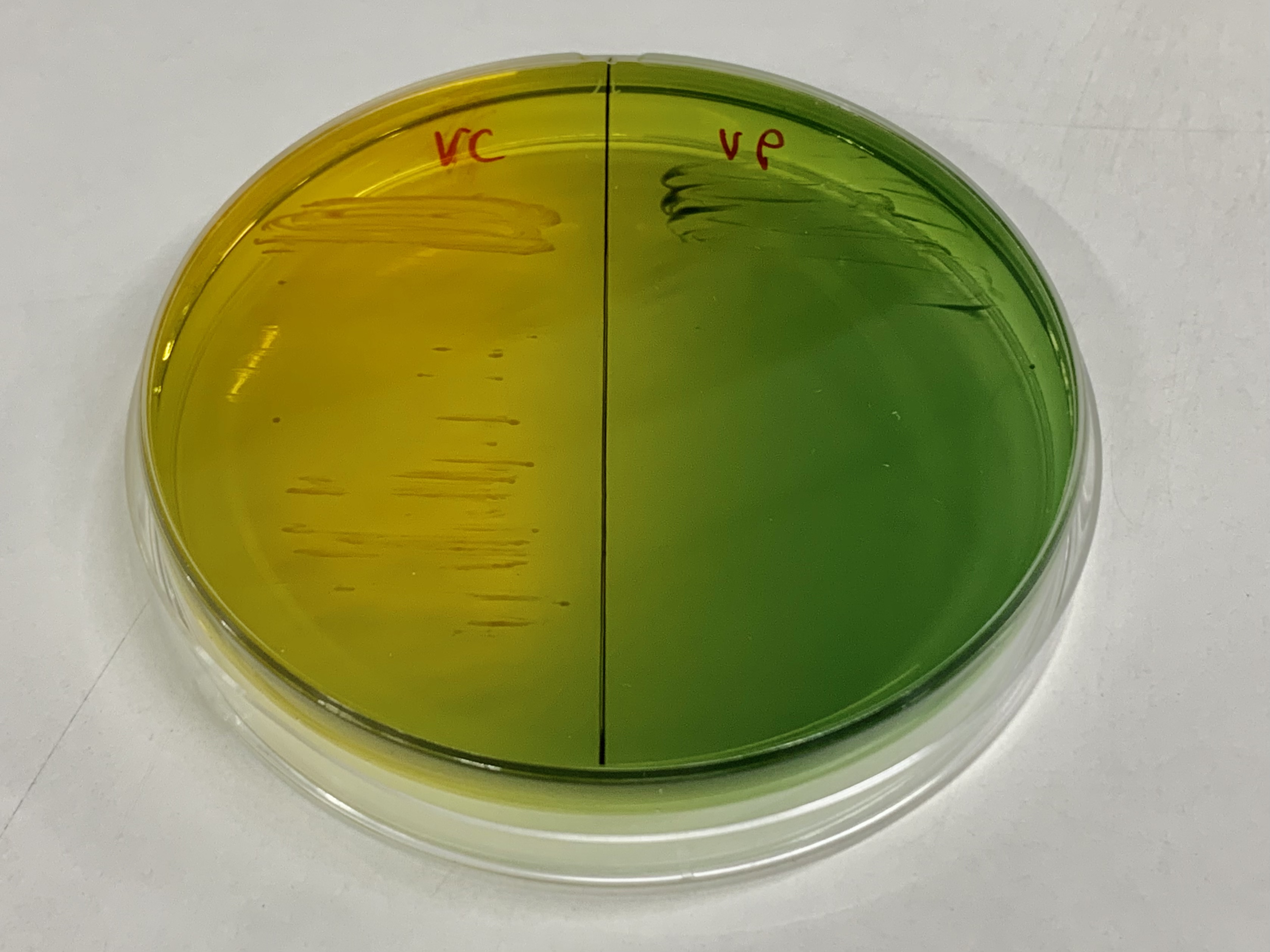|
Vibrio Ordalii
''Vibrio ordalii'' is a Gram-negative, rod-shaped bacterium. It causes vibriosis ''Vibrio'' is a genus of Gram-negative bacteria, possessing a curved-rod (comma) shape, several species of which can cause foodborne infection, usually associated with eating undercooked seafood. Being highly salt tolerant and unable to survive ... in fish. Its type strain is ATCC 33509 (=DF3K =Dom F3 kid). References Further reading * *Mutharia, Lucy M., and Paul A. Amor. "Monoclonal antibodies against'' Vibrio anguillarum'' O2 and'' Vibrio ordalii'' identify antigenic differences in lipopolysaccharide O-antigens." FEMS Microbiology Letters 123.3 (1994): 289–298. *Rubio, Andrés Silva, and Rubén Avendaño Herrera. "Vibriosis en Chile: Caracterización de los Agentes Etiológicos, una Necesidad para el Desarrollo de Medidas Eficaces de Prevención Vibriosis in Chile: Characterization of the Etiological Agents, a Need to Develop Prevention Strategies." *Akayli, T., et al. "Identification and ... [...More Info...] [...Related Items...] OR: [Wikipedia] [Google] [Baidu] |
Gram-negative
Gram-negative bacteria are bacteria that do not retain the crystal violet stain used in the Gram staining method of bacterial differentiation. They are characterized by their cell envelopes, which are composed of a thin peptidoglycan cell wall sandwiched between an inner cytoplasmic cell membrane and a bacterial outer membrane. Gram-negative bacteria are found in virtually all environments on Earth that support life. The gram-negative bacteria include the model organism ''Escherichia coli'', as well as many pathogenic bacteria, such as ''Pseudomonas aeruginosa'', ''Chlamydia trachomatis'', and ''Yersinia pestis''. They are a significant medical challenge as their outer membrane protects them from many antibiotics (including penicillin), detergents that would normally damage the inner cell membrane, and lysozyme, an antimicrobial enzyme produced by animals that forms part of the innate immune system. Additionally, the outer leaflet of this membrane comprises a complex lipo ... [...More Info...] [...Related Items...] OR: [Wikipedia] [Google] [Baidu] |
Bacterium
Bacteria (; singular: bacterium) are ubiquitous, mostly free-living organisms often consisting of one biological cell. They constitute a large domain of prokaryotic microorganisms. Typically a few micrometres in length, bacteria were among the first life forms to appear on Earth, and are present in most of its habitats. Bacteria inhabit soil, water, acidic hot springs, radioactive waste, and the deep biosphere of Earth's crust. Bacteria are vital in many stages of the nutrient cycle by recycling nutrients such as the fixation of nitrogen from the atmosphere. The nutrient cycle includes the decomposition of dead bodies; bacteria are responsible for the putrefaction stage in this process. In the biological communities surrounding hydrothermal vents and cold seeps, extremophile bacteria provide the nutrients needed to sustain life by converting dissolved compounds, such as hydrogen sulphide and methane, to energy. Bacteria also live in symbiotic and parasitic relationshi ... [...More Info...] [...Related Items...] OR: [Wikipedia] [Google] [Baidu] |
Vibriosis
''Vibrio'' is a genus of Gram-negative bacteria, possessing a curved-rod (comma) shape, several species of which can cause foodborne infection, usually associated with eating undercooked seafood. Being highly salt tolerant and unable to survive in fresh water, ''Vibrio'' spp. are commonly found in various salt water environments. ''Vibrio'' spp. are facultative anaerobes that test positive for oxidase and do not form spores. All members of the genus are motile. They are able to have polar or lateral flagellum with or without sheaths. ''Vibrio'' species typically possess two chromosomes, which is unusual for bacteria. Each chromosome has a distinct and independent origin of replication, and are conserved together over time in the genus. Recent phylogenies have been constructed based on a suite of genes (multilocus sequence analysis). O. F. Müller (1773, 1786) described eight species of the genus ''Vibrio'' (included in Infusoria), three of which were spirilliforms. Some of the o ... [...More Info...] [...Related Items...] OR: [Wikipedia] [Google] [Baidu] |
Vibrionales
The Vibrionaceae are a family of Pseudomonadota given their own order, Vibrionales. Inhabitants of fresh or salt water, several species are pathogenic, including the type species ''Vibrio cholerae'', which is the agent responsible for cholera. Most bioluminescent bacteria belong to this family, and are typically found as symbionts of deep-sea animals. Vibrionaceae are Gram-negative organisms and facultative anaerobes, capable of fermentation. They contain oxidase and have one or more flagella, which are generally polar. Originally, these characteristics defined the family, which was divided into four genera. Two of these, '' Vibrio'' and ''Photobacterium'', correspond to the modern group, although several new genera have been defined. Genetic studies have shown the other two original members—''Aeromonas'' and '' Plesiomonas''—belong to separate families. The family Vibrionaceae currently comprises eight validly published genera: ''Aliivibrio'', ''Catenococcus'', ' ... [...More Info...] [...Related Items...] OR: [Wikipedia] [Google] [Baidu] |


